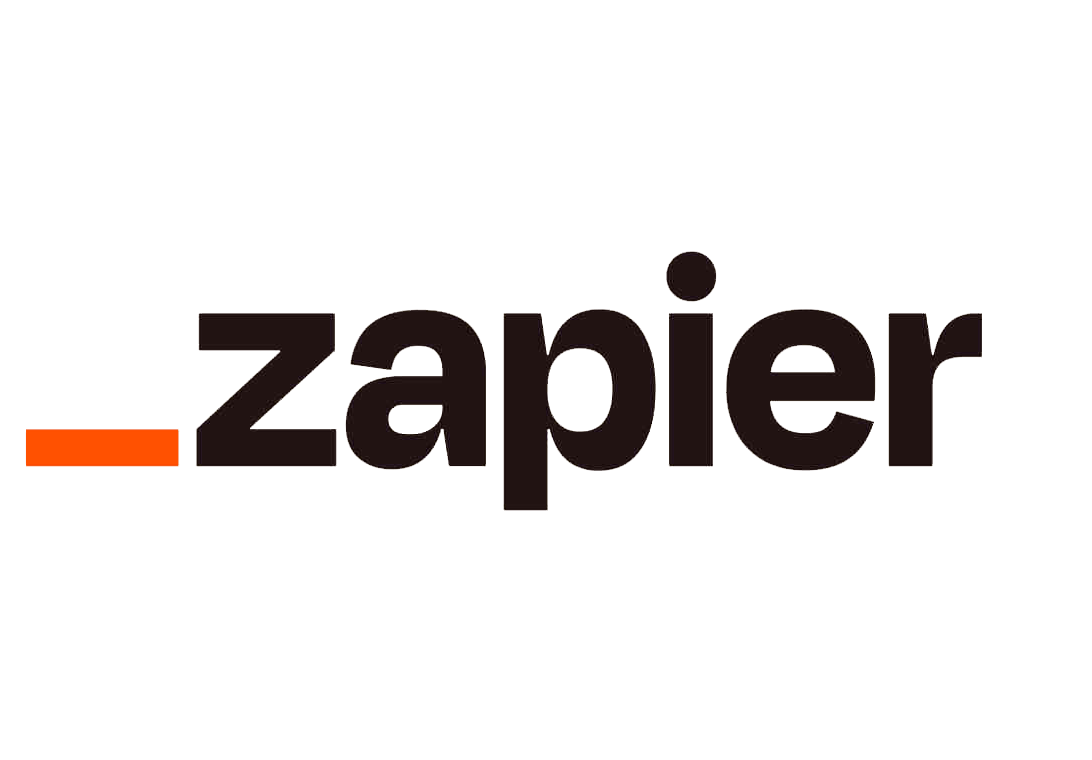How Using a Continuous Glucose Monitor Helped Me Keep My Focus in the Afternoons
Preface
✔️ Learn how I used continuous glucose monitoring (CGM) to identify afternoon energy dips.
✔️ Discover practical diet adjustments to boost productivity.
✔️ Understand the benefit of tracking personal health data to optimise daily focus.
Introduction
I first tried a Continuous Glucose Monitor (CGM) as part of my Zoe nutritional programme. Initially, it was just curiosity—I wanted a clearer picture of how my diet influenced my blood sugar. After observing some unexpected spikes the first time, I decided to dive deeper and get another CGM. The goal was to refine my understanding of how my daily choices affected my productivity, particularly during those sluggish afternoon hours.
Why
Before using a CGM, my afternoons were typically spent battling sleepiness and brain fog. As a developer, staying sharp throughout the day is critical. I'd find myself losing focus around 2 PM, making tasks that required deeper concentration—like coding complex logic or debugging—far harder than they should have been. Despite exercising and eating generally healthy foods, I still struggled with consistent afternoon productivity.
Build Example
With the second CGM from Zoe, I started actively correlating my glucose data with meal timing and content. It quickly became clear:
- Eating carb-heavy meals spiked my blood sugar, causing an inevitable crash later.
- Meals higher in healthy fats and proteins stabilised my blood sugar, completely eliminating afternoon sleepiness.
For instance, I previously ate beans and grains during lunch, thinking they were perfectly healthy—and they are, generally. But my CGM data clearly showed sharp spikes in blood glucose levels following these meals, directly correlating with the afternoon energy crash.
By simply swapping out high-carb choices for more proteins (like eggs) and healthy fats (like avocados and extra virgin olive oil), I noticed an immediate improvement. I remember one particular afternoon, after a lower-carb, higher-protein lunch, realising it was already 4 PM and I'd been coding effortlessly for hours without the usual mental fatigue. It felt like a productivity breakthrough.
Gotchas
❌ One-size-fits-all nutrition rarely works.
❌ Even "healthy" foods might negatively impact your focus if your personal glucose response is high.
Practical Science Behind the Scenes
The logic is straightforward: carbohydrates (especially refined or starchy) spike blood sugar levels. Your body responds by releasing insulin, which quickly lowers blood sugar again—often too much—resulting in fatigue, brain fog, and reduced concentration. Meals richer in proteins and fats digest slower, providing steady energy and clearer thinking without dramatic glucose swings.
Main Takeaway
Measuring and tailoring your diet with a CGM helps you understand your personal response to foods—what I call an N-of-1 approach. It’s easy to ignore generic nutritional advice, but seeing real-time data from your own body makes ignoring reality impossible. The CGM made me realise that stable blood sugar is fundamental for consistent focus. And for anyone relying on productivity—especially developers like myself—optimising this is a game-changer.
My Technical Skills

AWS
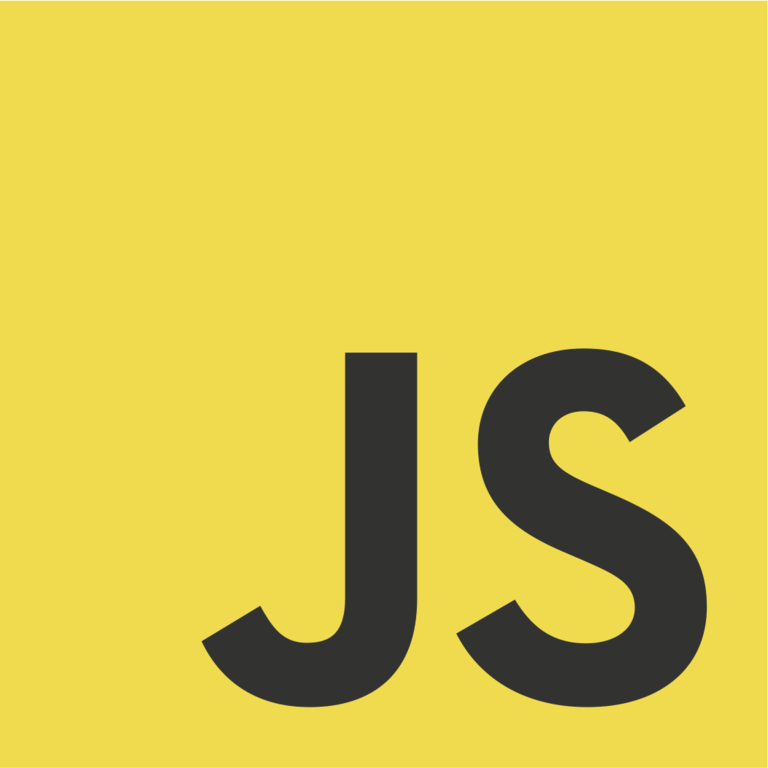
JavaScript
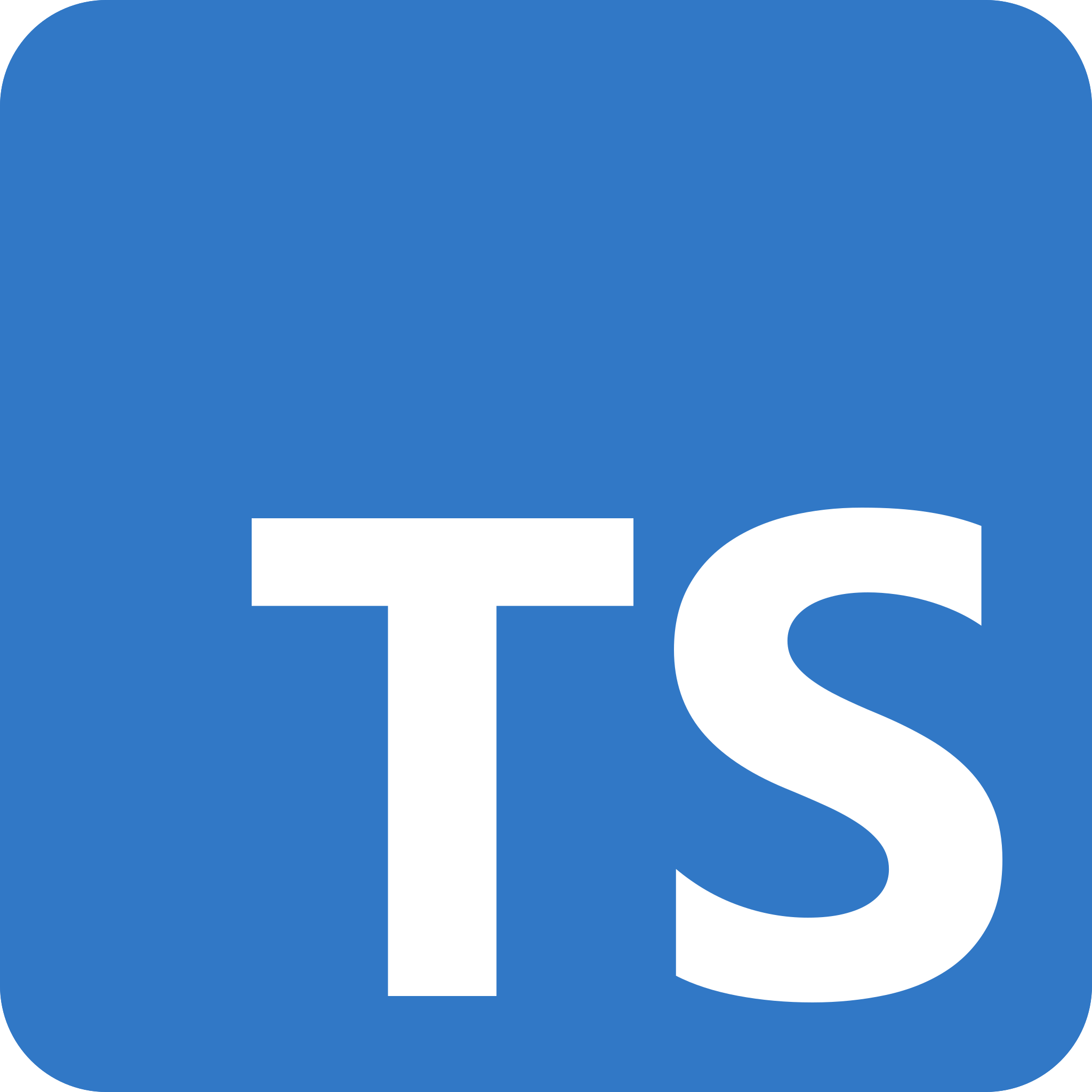
TypeScript
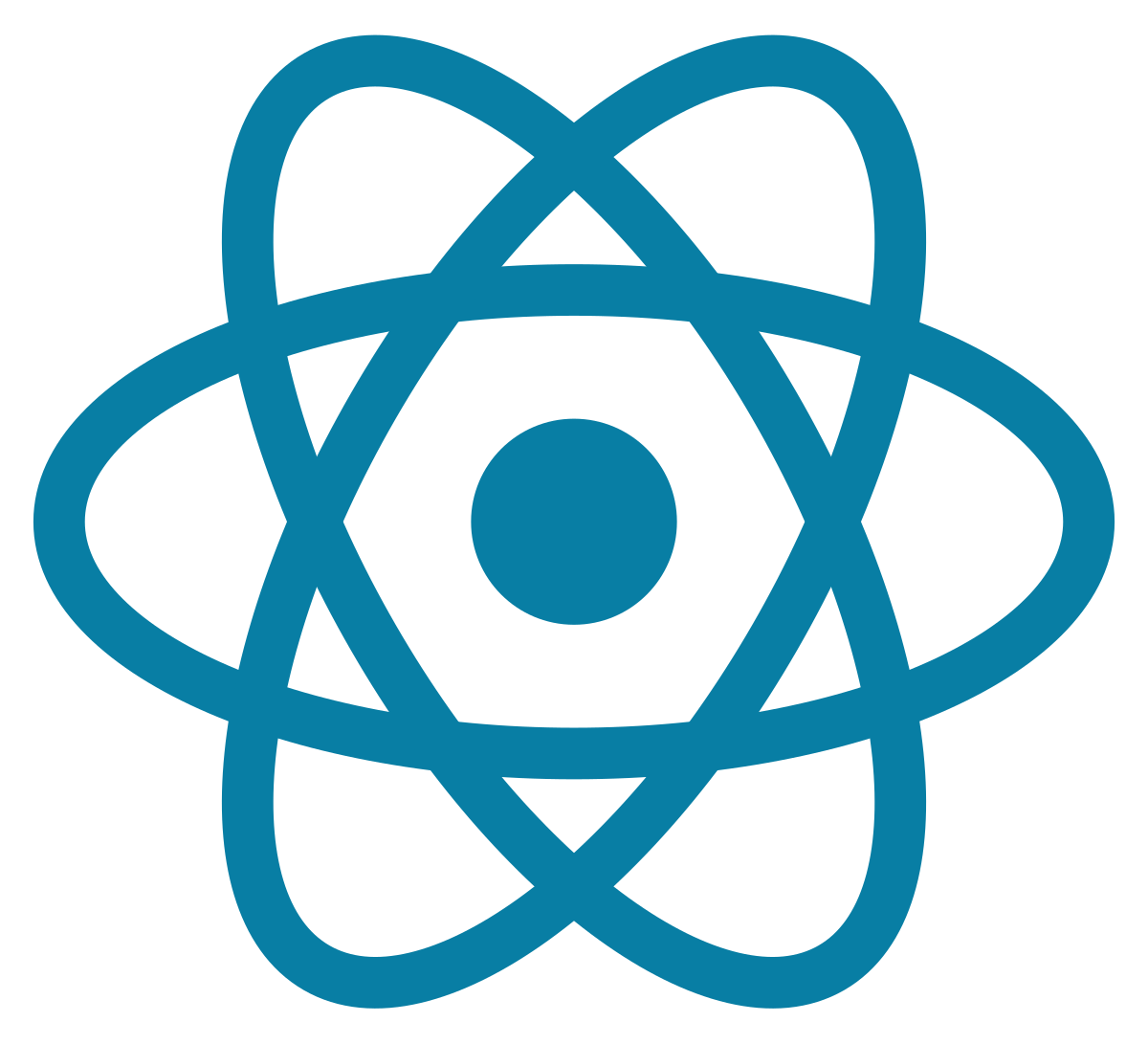
React

Next.js
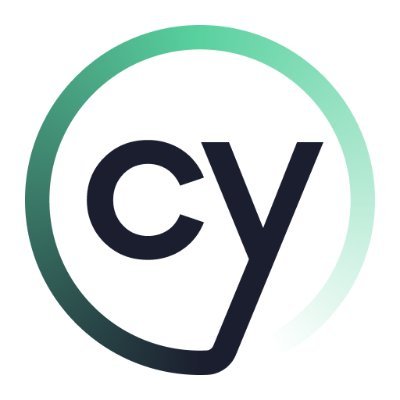
Cypress

Figma
